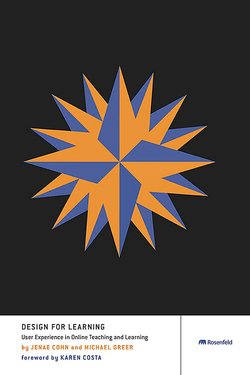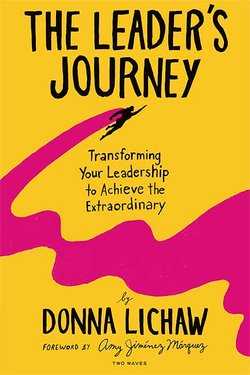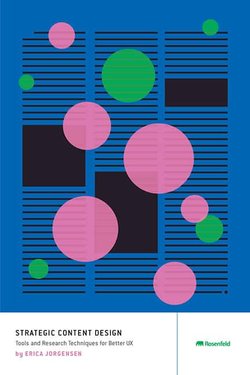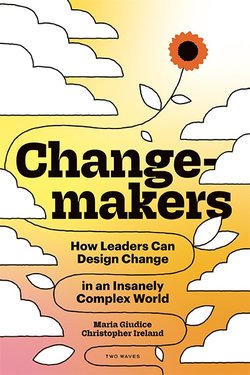Summary
You should not be doing research for the sake of doing research. Research takes time and needs to be well throughout. More importantly, you need to determine if your findings are actually meaningful to the organization. In this session we will look at the idea of statistical significance and meaningfulness when reporting research findings.
Key Insights
-
•
Effective CX research requires a clear alignment with business imperatives and KPIs.
-
•
Statistical significance alone does not guarantee that findings are meaningful to the business.
-
•
Qualitative research provides context and meaning to quantitative data, enriching understanding.
-
•
Competitive benchmarking is essential for assessing relative performance against industry standards.
-
•
Increased sample size doesn’t automatically ensure significance; the context and distribution of data matter.
-
•
Understanding the relationship between statistical significance and meaningfulness is crucial in research interpretation.
-
•
Not all metrics have the same impact on business objectives; prioritizing findings is key.
-
•
Driver modeling is a valuable technique to identify effective perception metrics that influence outcomes.
-
•
CX research should not only measure but also interpret changes in customer sentiment meaningfully.
-
•
Engaging stakeholders by relating findings to their specific interests enhances research impact.
Notable Quotes
"Research is not easy to do; it requires thoughtful planning and execution."
"You don't just want to be doing research for the sake of doing research; it has to have an outcome."
"Qualitative research is extremely important; it gives a clear picture of what the numbers mean."
"Statistical significance does not always correlate with meaningfulness; you need to dive deeper into the data."
"You should not measure more often unless you've made changes that have had time to be adopted."
"Seeing data without context can lead to misinterpretation; it's about understanding what the scores tell you."
"The findings must be relatable to what executives care about, like increasing revenue or reducing costs."
"You should focus on results that are meaningful to your business, not just statistically significant findings."
"Benchmarking your results across different industries is crucial because customers compare experiences beyond your sector."
"Utilizing driver modeling can help determine which metrics are most impactful on your business results."















More Videos

"I wanted to grow new skills and design, and I was able to learn exactly that."
Laine Riley Prokay Lisa GordonCarving a Path for Early Career DesignOps Practitioners
September 9, 2022

"Accessibility isn't just about visible disabilities; it's about invisible disabilities too."
Sheri Byrne-HaberAccessibility at Scale
June 9, 2021

"I was great at solving design problems, but that didn't prepare me for real-world challenges."
Dan WillisEnterprise Storytelling Sessions
June 8, 2016

"It's about how you want your recipients to feel when they receive your message."
Laura Gatewood Laine ProkayBeyond Buzzwords: Adding Heart to Effective Slack Communication
September 23, 2024

"Over 65 recommendations for the mental health system were made, with nearly a third calling for co-design."
Natalia RadywylCo-Designing New Power in Australia's Public Sector
November 16, 2022

"I know who you are and I have opinions"
Randolph Duke IIWar Stories LIVE! Randy Duke II
March 30, 2020

"Feedback is data, not personal; it’s about improving processes."
Bria Alexander Laura Gatewood Corey Long Daniel Orbach Laine Prokay Deanna SmithThe Big Question about Resilience: A panel discussion
September 23, 2024

"We aren't the experts in every piece of the space, and that’s okay."
Melissa Eggleston Maya Israni Florence Kasule Owen Seely Andrea SchneiderPractical People Skills for Building Trust on Teams and with Partners
December 9, 2021

"Design ops people get hired when a team grows to around 30 or 40 designers."
Angelos ArnisState of DesignOps: Learnings from the 2021 Global Report
October 1, 2021
















